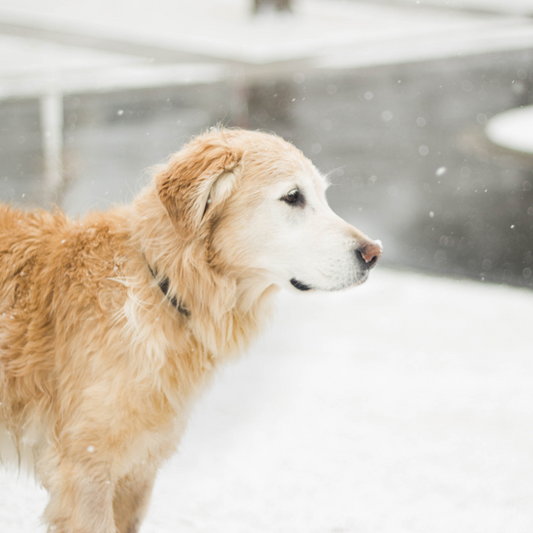Why is positive reinforcement important in training?
Positive reinforcement is a powerful tool in training animals, including dogs. It involves rewarding desired behaviors to encourage their repetition. This method has been proven to be effective and humane, promoting a strong bond between the trainer and the animal. By using positive reinforcement techniques, you can shape your pet's behavior in a positive way.
How does positive reinforcement work?
Positive reinforcement works by associating a desired behavior with a reward, typically in the form of treats. When your pet performs the desired behavior, such as sitting on command, you immediately reward them with a treat. This positive experience creates a positive association with the behavior, making it more likely to be repeated in the future.
What are the benefits of using treats in training?
Using treats as a form of positive reinforcement has several benefits. Firstly, treats are highly motivating for most animals, making them eager to learn and participate in training sessions. Secondly, treats can be easily and quickly delivered, providing instant feedback to your pet. This immediate reward helps them understand which behaviors are desirable. Lastly, treats can be gradually phased out as the behavior becomes more consistent, allowing your pet to rely on intrinsic rewards rather than external treats.
How to effectively use treats in training?
When using treats in training, it's important to follow these guidelines:
- Choose small, bite-sized treats that are easy for your pet to consume quickly.
- Use a variety of treats to keep your pet engaged and motivated.
- Only reward the desired behavior. Timing is crucial to ensure your pet understands what they are being rewarded for.
- Gradually reduce the frequency of treats as your pet becomes more proficient in the desired behavior.
- Combine treats with verbal praise and affection to reinforce positive behavior.
Common mistakes to avoid
While using treats in training can be highly effective, there are some common mistakes to avoid:
- Using treats as a bribe rather than a reward. Treats should be given after the desired behavior, not before.
- Over-relying on treats. It's important to gradually reduce the frequency of treats and transition to other forms of reinforcement.
- Not being consistent. Consistency is key in training. Make sure everyone involved in the training process follows the same rules and rewards the same behaviors.
Conclusion
Training with treats using positive reinforcement is a highly effective and humane method to shape your pet's behavior. By rewarding desired behaviors, you can create a strong bond with your pet and promote a positive learning experience. Remember to use small, bite-sized treats, be consistent, and gradually reduce the frequency of treats as your pet becomes more proficient. With patience and consistency, you can achieve great results in training your pet.




